1. Camfield PR, Camfield CS. What happens to children with epilepsy when they become adults? Some facts and opinions. Pediatr Neurol. 2014; 51:17–23. PMID:
24830766.

2. Davis AM, Brown RF, Taylor JL, Epstein RA, McPheeters ML. Transition care for children with special health care needs. Pediatrics. 2014; 134:900–908. PMID:
25287460.

3. Goodman DM, Hall M, Levin A, Watson RS, Williams RG, Shah SS, et al. Adults with chronic health conditions originating in childhood: inpatient experience in children’s hospitals. Pediatrics. 2011; 128:5–13. PMID:
21708805.

4. Borlot F, Tellez-Zenteno JF, Allen A, Ali A, Snead OC 3rd, Andrade DM. Epilepsy transition: challenges of caring for adults with childhood-onset seizures. Epilepsia. 2014; 55:1659–1666. PMID:
25169716.

5. Andrade DM, Bassett AS, Bercovici E, Borlot F, Bui E, Camfield P, et al. Epilepsy: transition from pediatric to adult care. Recommendations of the Ontario epilepsy implementation task force. Epilepsia. 2017; 58:1502–1517. PMID:
28681381.

6. Wakamoto H, Nagao H, Hayashi M, Morimoto T. Long-term medical, educational, and social prognoses of childhood-onset epilepsy: a population-based study in a rural district of Japan. Brain Dev. 2000; 22:246–255. PMID:
10838113.

7. Camfield P, Camfield C, Busiah K, Cohen D, Pack A, Nabbout R. The transition from pediatric to adult care for youth with epilepsy: basic biological, sociological, and psychological issues. Epilepsy Behav. 2017; 69:170–176. PMID:
28089368.

8. Okumura MJ, Heisler M, Davis MM, Cabana MD, Demonner S, Kerr EA. Comfort of general internists and general pediatricians in providing care for young adults with chronic illnesses of childhood. J Gen Intern Med. 2008; 23:1621–1627. PMID:
18661191.

9. McDonnell WM, Kocolas I, Roosevelt GE, Yetman AT. Pediatric emergency department use by adults with chronic pediatric disorders. Arch Pediatr Adolesc Med. 2010; 164:572–576. PMID:
20530309.

10. Geerlings RP, Aldenkamp AP, De With PH, Zinger S, Gottmer-Welschen LM, De Louw AJ. Transition to adult medical care for adolescents with epilepsy. Epilepsy Behav. 2015; 44:127–135. PMID:
25679495.

11. Bourgeois FT, Shannon MW. Adult patient visits to children's hospital emergency departments. Pediatrics. 2003; 111:1268–1272. PMID:
12777540.

12. Little WK, Hirsh DA. Adult patients in the pediatric emergency department: presentation and disposition. Pediatr Emerg Care. 2014; 30:808–811. PMID:
25343738.
13. Lee B, Kim DK, Park JD, Kwak YH. Clinical considerations when applying vital signs in pediatric Korean Triage and Acuity Scale. J Korean Med Sci. 2017; 32:1702–1707. PMID:
28875617.

14. Kim JH, Lee KS, Yoo KB, Park EC. The differences in health care utilization between Medical Aid and health insurance: a longitudinal study using propensity score matching. PLoS One. 2015; 10:e0119939. PMID:
25816234.

15. Kim JH, Kim NR, Park EC, Han KT, Choi Y, Lee SG. Impact of continuous Medical Aid utilisation on healthcare utilisation: unique insight using the 2008-2012 Korean Welfare Panel Study (KOWEPS). BMJ Open. 2016; 6:e008583.

16. Rhine T, Gittelman M, Timm N. Prevalence and trends of the adult patient population in a pediatric emergency department. Pediatr Emerg Care. 2012; 28:141–144. PMID:
22270503.

17. Nabbout R, Andrade DM, Bahi-Buisson N, Cross H, Desquerre I, Dulac O, et al. Outcome of childhood-onset epilepsy from adolescence to adulthood: transition issues. Epilepsy Behav. 2017; 69:161–169. PMID:
28256379.

18. Nabbout R, Camfield CS, Andrade DM, Arzimanoglou A, Chiron C, Cramer JA, et al. Treatment issues for children with epilepsy transitioning to adult care. Epilepsy Behav. 2017; 69:153–160. PMID:
28188045.

19. Camfield C, Camfield P. Preventable and unpreventable causes of childhood-onset epilepsy plus mental retardation. Pediatrics. 2007; 120:e52–e55. PMID:
17606549.

22. Michihata N, Matsui H, Fushimi K, Yasunaga H. Clinical features of adult patients admitted to pediatric wards in Japan. J Adolesc Health. 2015; 57:421–424. PMID:
26403841.

23. Edwards JD, Vasilevskis EE, Yoo EJ, Houtrow AJ, Boscardin WJ, Dudley RA, et al. Adults with childhood-onset chronic conditions admitted to US pediatric and adult intensive care units. J Crit Care. 2015; 30:201–206. PMID:
25466316.

24. Chiron C, An I. Pharmacology aspects during transition and at transfer in patients with epilepsy. Epilepsia. 2014; 55:8–11. PMID:
25209078.

25. Affdal AO, Moutard ML, Billette de Villemeur T, Duchange N, Hervé C, Moutel G. A difficult transition from childhood to adult healthcare: the case of epilepsy. Arch Pediatr. 2015; 22:337–342. PMID:
25727476.
26. Young S, Murphy CM, Coghill D. Avoiding the ‘twilight zone’: recommendations for the transition of services from adolescence to adulthood for young people with ADHD. BMC Psychiatry. 2011; 11:174. PMID:
22051192.


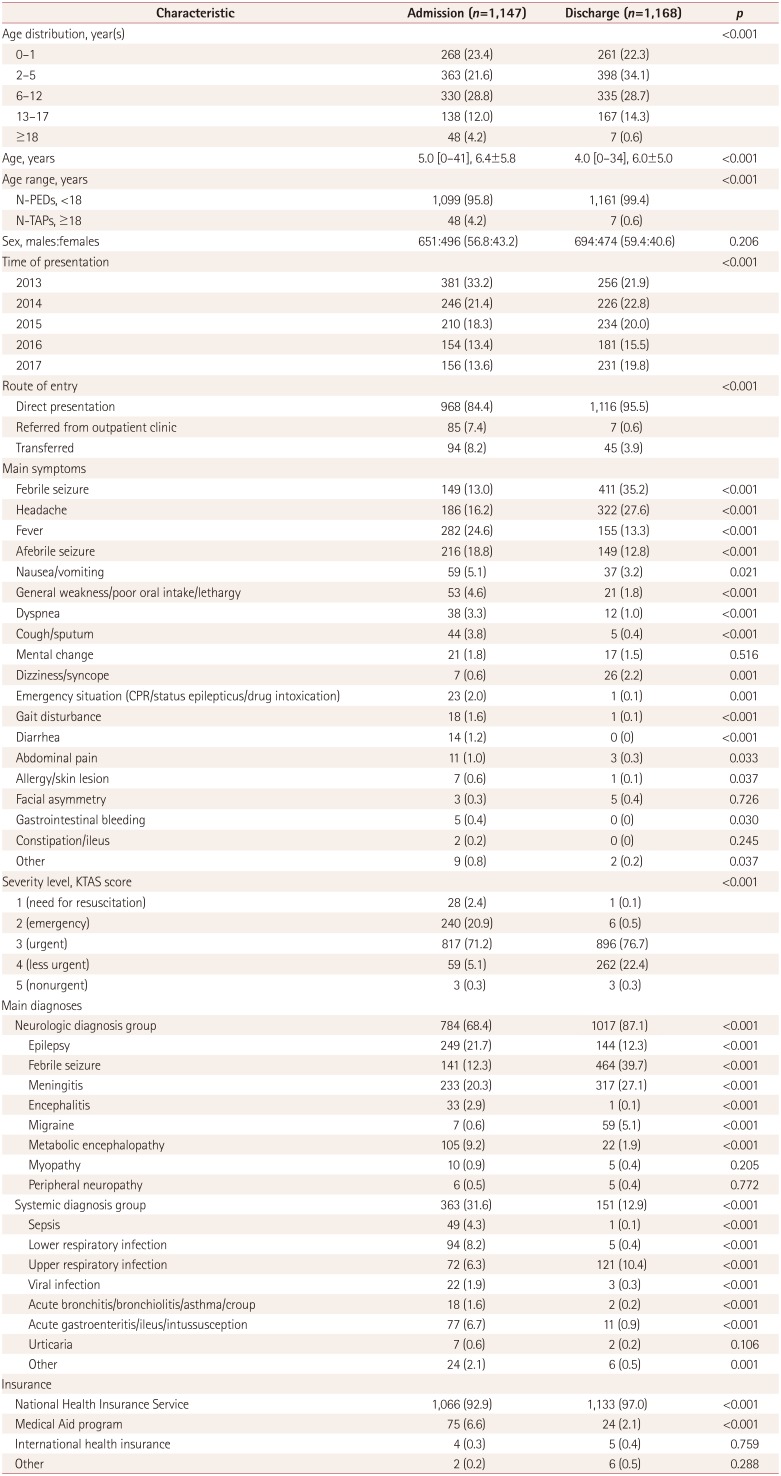
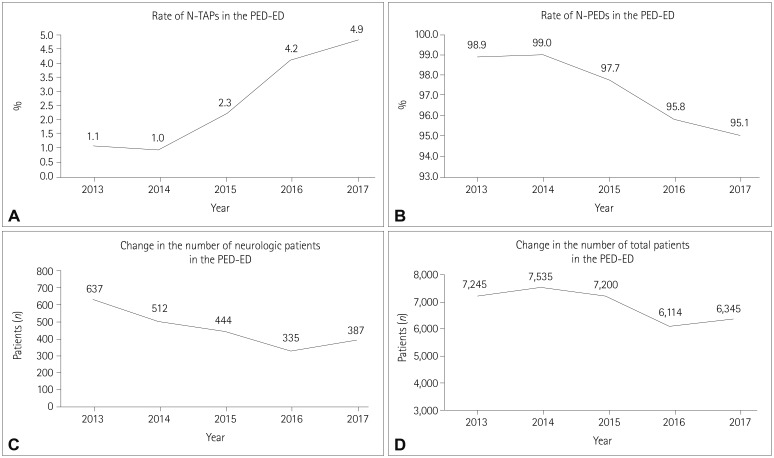
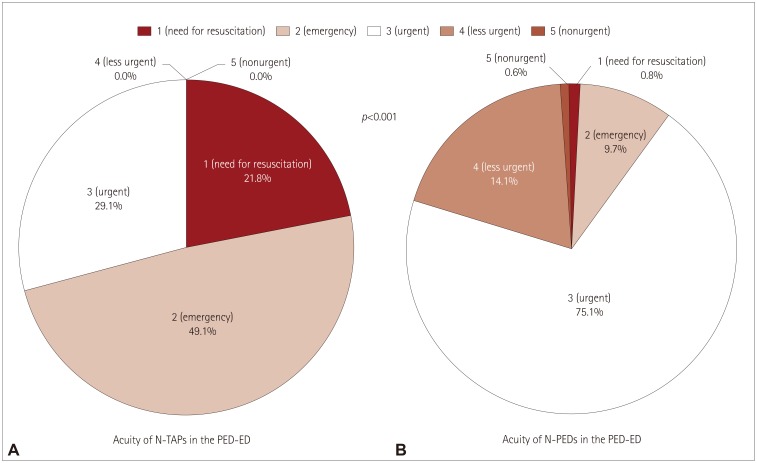
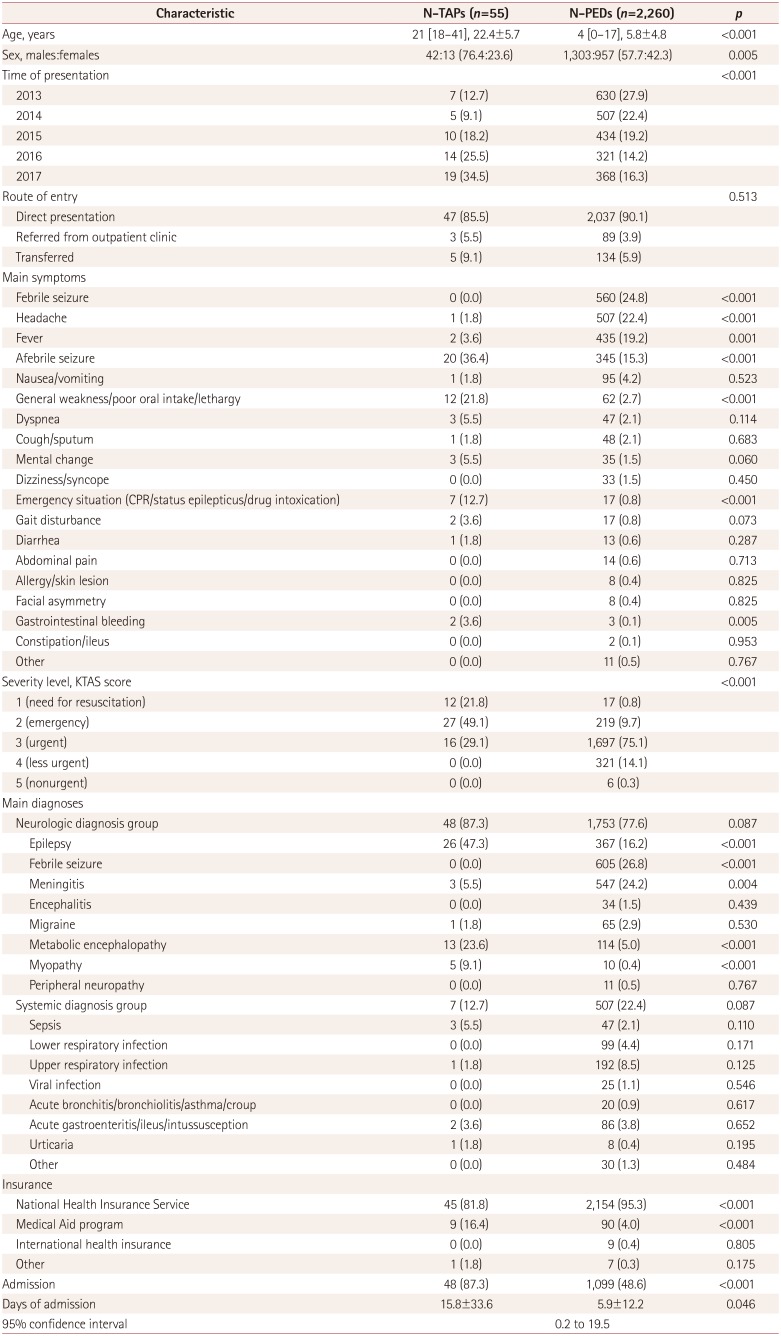
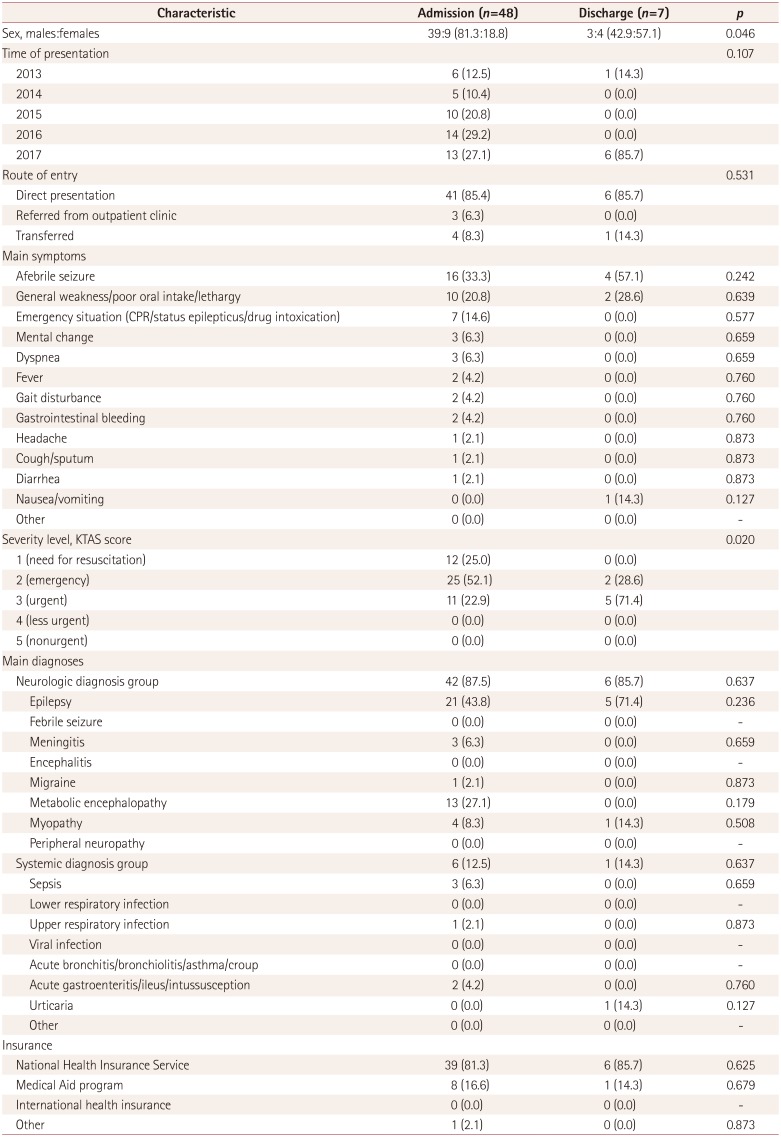
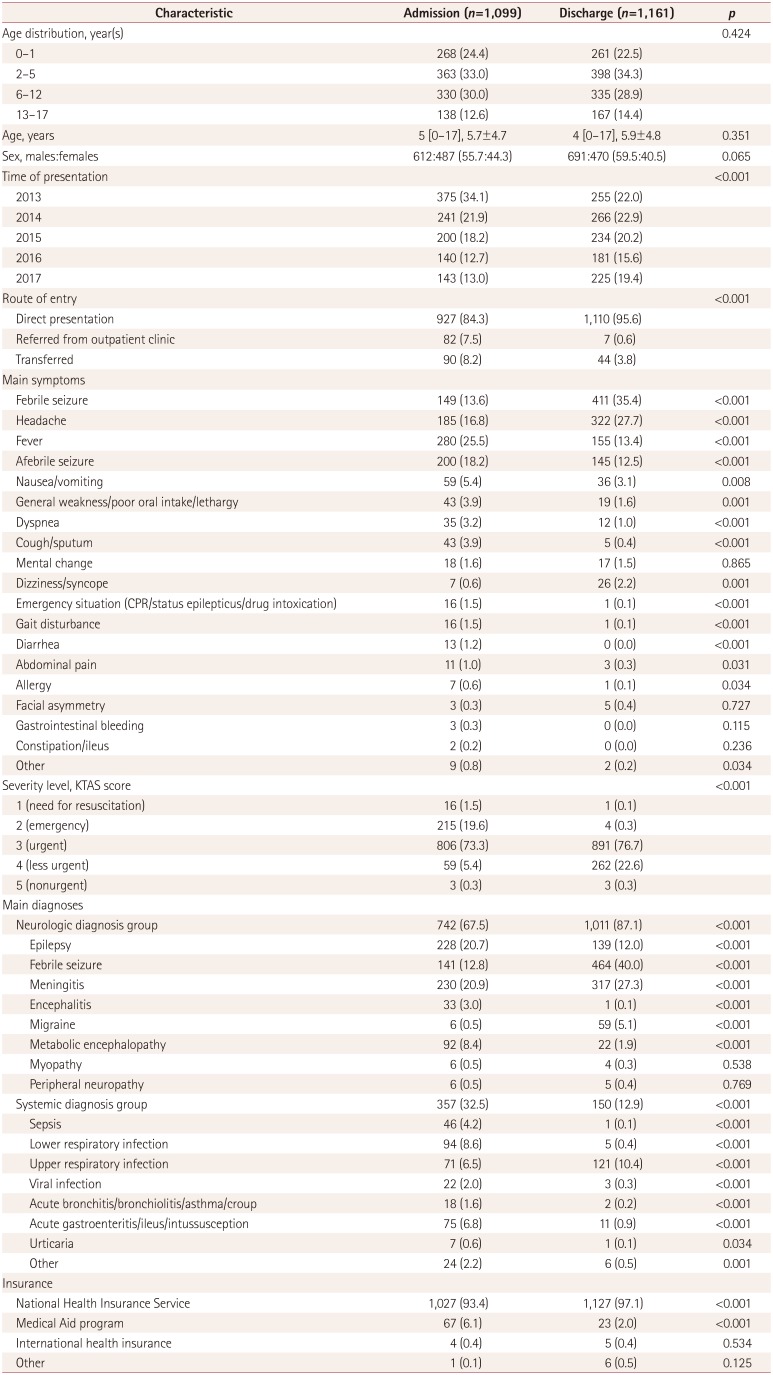
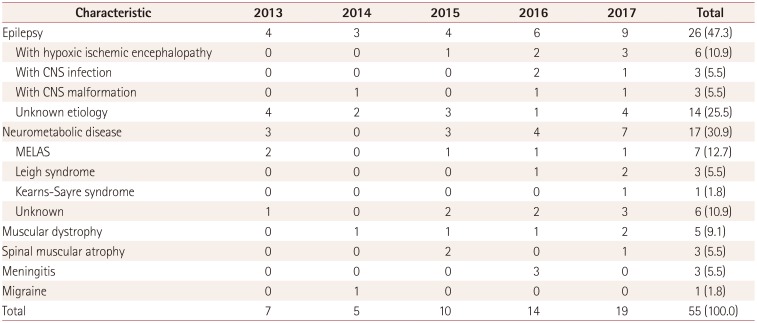




 PDF
PDF ePub
ePub Citation
Citation Print
Print


 XML Download
XML Download